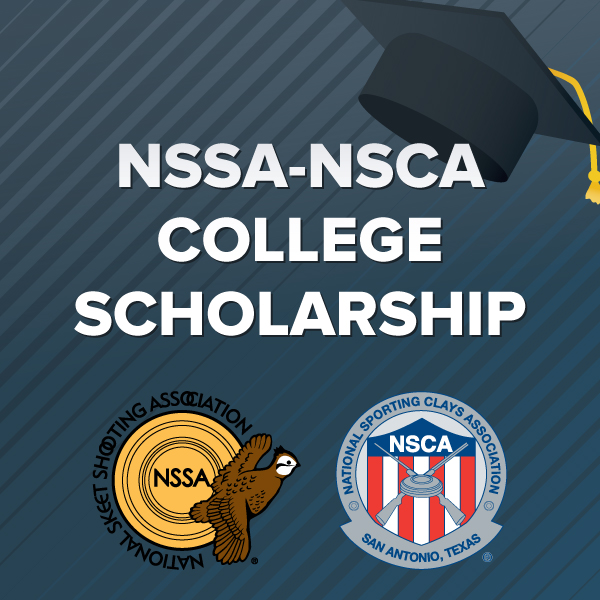 Another Safety Item
Another Safety Item
Some time ago I wrote a hint about safety and the dangers of accidentally placing a 20-gauge shotshell in the chamber of a 12-gauge. It’s a safety issue and the reason most, if not all, 20-gauge shells are now yellow. Several people have told me that they still have red 20-gauge shells.
I recently received an email from a member who stated that he had read that hint and thought about sporting clays now having sub-gauge events and how the same issue might arise between the 20-gauge and 28-gauge shotshells.
I went to my shop and got out one of my 20-gauge tubes, a 28-gauge shell and a 20-gauge shell. I dropped the 28-gauge shell in and then the 20-gauge shell after it. They fit. Just looking at the shell sizes, you can see that they would fit.
The 28-gauge shells drop into the forcing cone of the 20-gauge tube and essentially disappear, making it possible to place a 20-gauge shell in after it.
While the yellow color of the 20-gauge shell should help prevent this potential accident from happening, just as it has in the 12-gauge to 20-gauge, it’s still a possible accident waiting to happen.
Two things that should make this less likely are that the 28-gauge feels smaller than the 20-gauge, and the 20-gauge shells are that nice yellow color.
So, this hint is to remind all shotgun shooters to make sure you’re only carrying the shells your gun is set up to use at that time.
Stay safe,
Barry Hartmann
Barry Hartmann is an NSSA Master Level and NRA Certified shotgun instructor who teaches American skeet and wingshooting. You can contact Barry at threeat8@aol.com or 918-803-2393.

